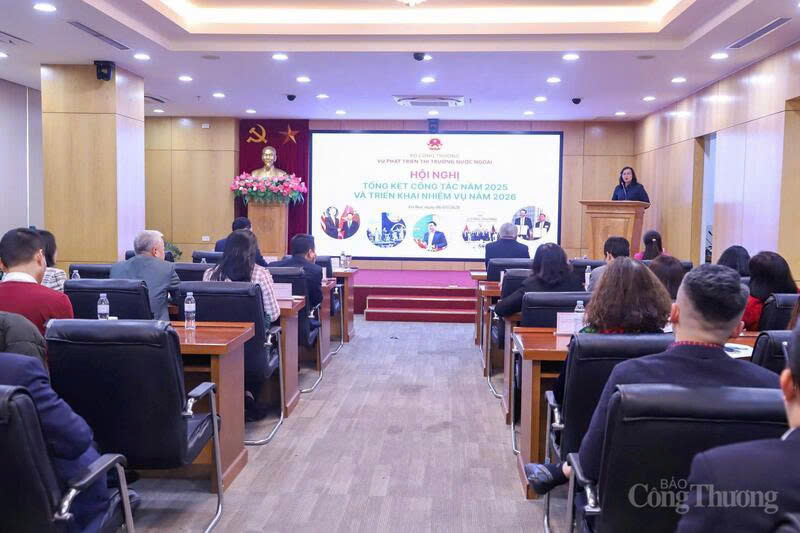
Stronger inter-agency coordination needed to drive export market growth
19:05 | 23/03/2025 15:39 | 07/01/2026News and Events
Resolute management for rapid and sustainable growth
In a race against time, Vietnam is accelerating efforts to stabilize the macroeconomy, control inflation, and achieve a bold growth target of 8.3-8.5% in 2025. The government insists that rapid growth must also be sustainable.
At a recent cabinet meeting focused on economic goals, Prime Minister Pham Minh Chinh emphasized: "Vietnam aims for fast, but sustainable development." As the 2025 deadline approaches, the government is urgently addressing persistent challenges while preparing the groundwork for the next development phase. Ministries, sectors, and localities are fully mobilized to identify and resolve bottlenecks.
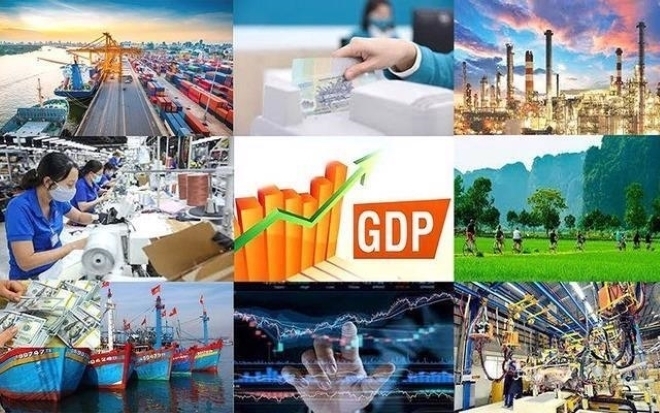
The Government takes urgent and drastic actions to maintain macroeconomic stability, control inflation, and aim for a growth target of 8.3 - 8.5% in 2025.
Following the August 2025 regular Government meeting, the Prime Minister immediately chaired another session on September 12 to reinforce the urgency of economic management. His leadership signals a consistent, high-speed approach: no delays, no hesitation.
The government's economic strategy hinges on dual goals ensuring this year's growth targets while maintaining macroeconomic stability and curbing inflation. The Prime Minister reiterated a guiding principle: “Stability enables development, and development reinforces stability. Growth must be fast, but sustainable.” Far from being a slogan, this principle is the foundation for every policy decision. The 8.3-8.5% growth target is ambitious but reflects strong political will.
Achieving these goals while maintaining inflation control and macroeconomic balance including budget, public debt, food and energy security, and trade balance demands synchronized and well-grounded policy coordination across all sectors.
If Vietnam’s economy is a massive machine, policy coordination is the lubricant that keeps its gears moving smoothly. Only when ministries and provinces operate in harmony with clarity and accountability can economic momentum accelerate without overheating or losing control.
Unlocking public investment
A key directive from the Prime Minister is better coordination between fiscal and monetary policy. Fiscal tools such as public investment and stimulus packages must be deployed more effectively to reduce pressure on interest and exchange rates. This supports both growth and inflation control.
Monetary policy will prioritize risk management and ensure capital flows into productive sectors. The message is clear: speculative investment must give way to real economic drivers.
Simultaneously, the Government is pushing for synchronized development of financial, real estate, stock, science, technology, and trade markets. Notably, Decree 232 on the gold market and Resolution 05 on piloting a crypto asset market show the government’s willingness to explore new mechanisms under tight regulatory control.
Public investment disbursement is another top priority, with a 100% disbursement target by year-end. Removing procedural obstacles in key infrastructure projects is essential, as public investment acts as a catalyst for private, foreign, and societal capital. Well-built infrastructure roads, energy, logistics encourages businesses and investors to scale up.
Here, the government plays the role of a resolute conductor, ensuring the economic orchestra stays in tune. Ministries and localities must think boldly, act decisively, and take responsibility to keep projects on track.
Proactive governance in uncertain times
Amid rising global uncertainties from financial market turmoil to natural disasters and epidemics the Prime Minister urges all sectors to anticipate, adapt, and steer the economy with both firmness and flexibility. Economic management must be agile steady in direction but ready to swerve when needed.
Mobilizing all available resources domestic and foreign, public and private, central and local is a central strategy to not only withstand external shocks but also seize global opportunities.
The Prime Minister’s post-August meeting directives reflect urgency without recklessness. His approach blends decisive action with thoughtful evaluation, ensuring fast but sustainable progress. The challenge is great but so is the commitment. With strong coordination and a spirit of accountability from central to local levels, success remains within reach.
Above all, each step forward today is laying a firm foundation for tomorrow, where economic growth is not only strong and stable but also serves the well-being of the people.
In a recent economic forum, economist Dr. Nguyen Dinh Cung emphasized the need to create a transparent investment and business environment. He proposed that the government immediately identify and categorize long-standing legal obstacles facing businesses. At least 20 of the most pressing issues ranked by scope and impact should be resolved by the end of December 2025. This, he argued, would significantly improve the business climate and unlock growth potential.

19:05 | 23/03/2025 15:39 | 07/01/2026News and Events
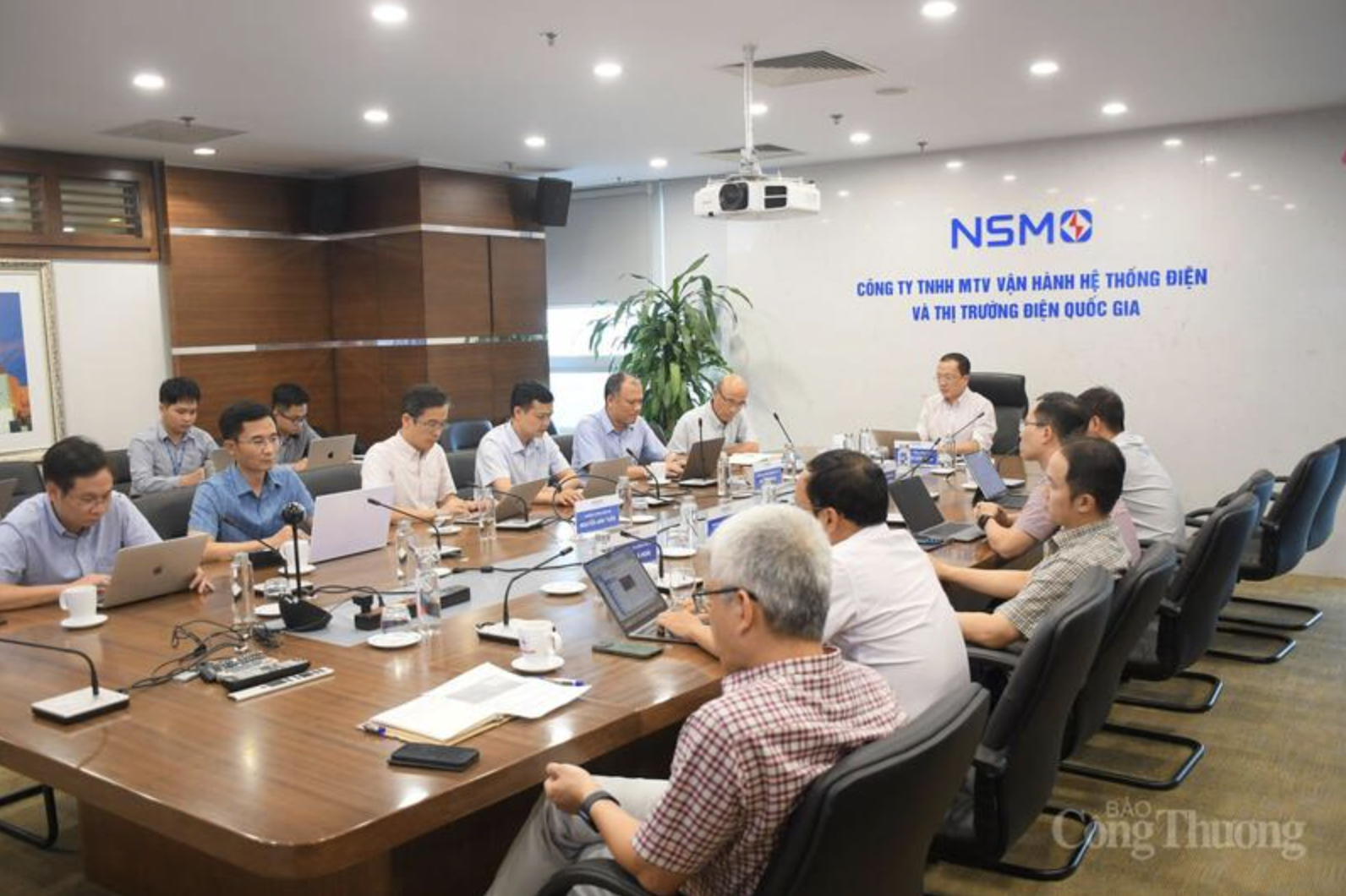
19:05 | 23/03/2025 15:38 | 07/01/2026Industry
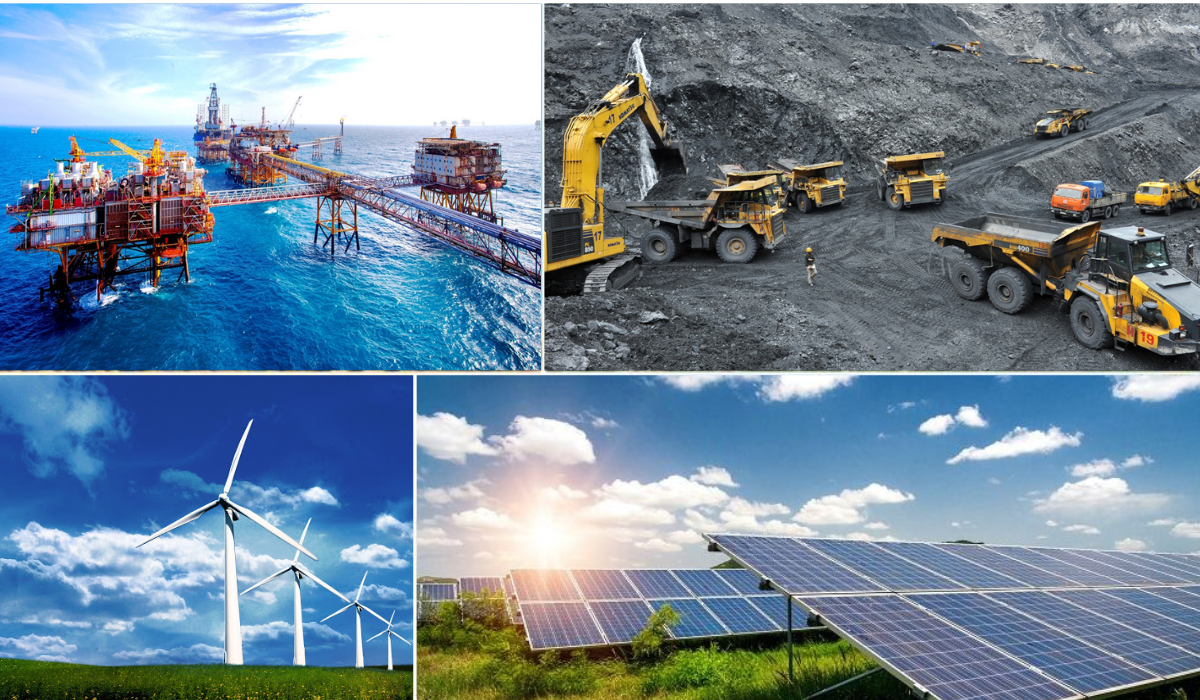
19:05 | 23/03/2025 15:38 | 07/01/2026Industry

19:05 | 23/03/2025 15:37 | 07/01/2026Industry
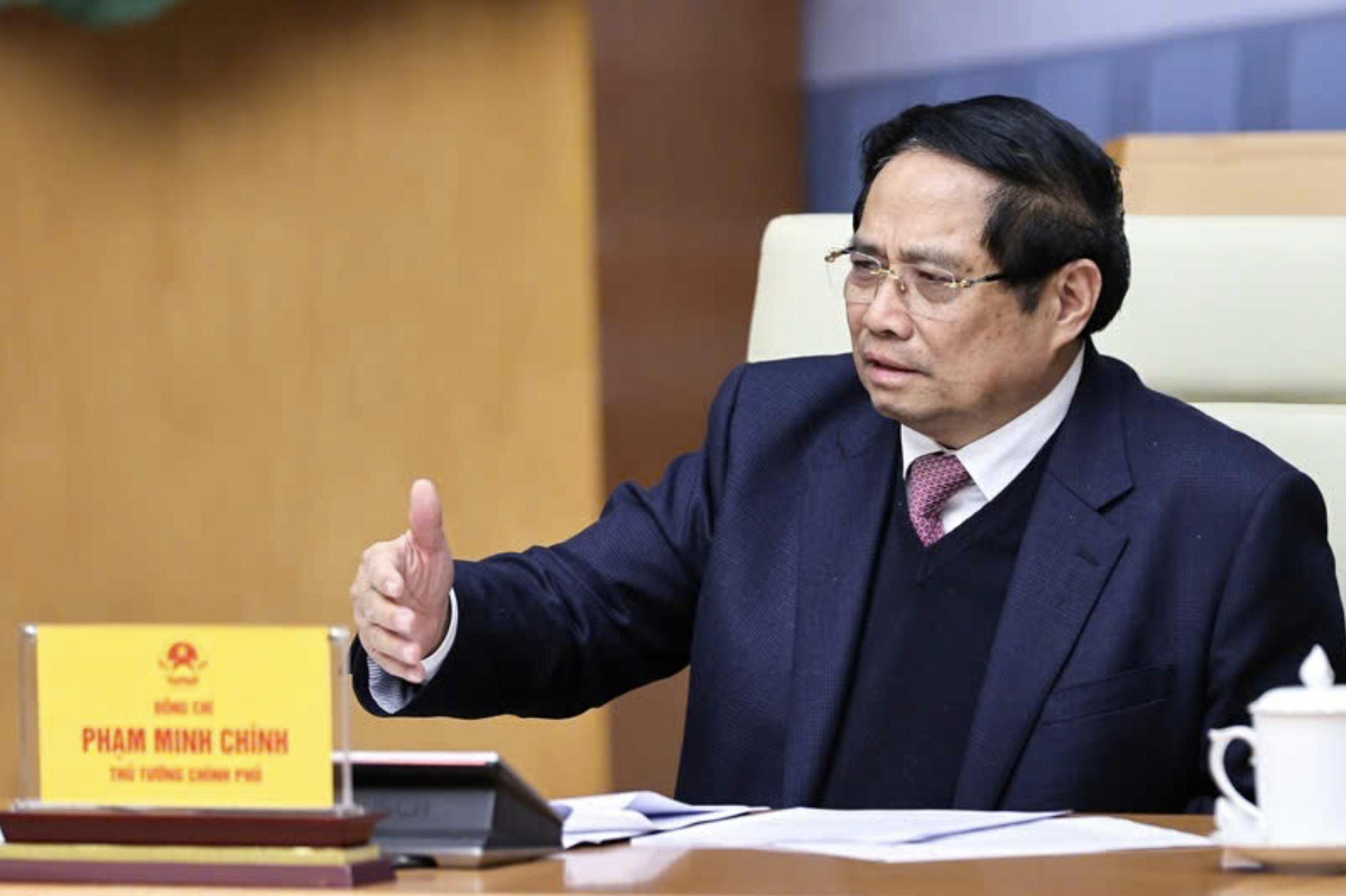
19:05 | 23/03/2025 15:36 | 07/01/2026News and Events